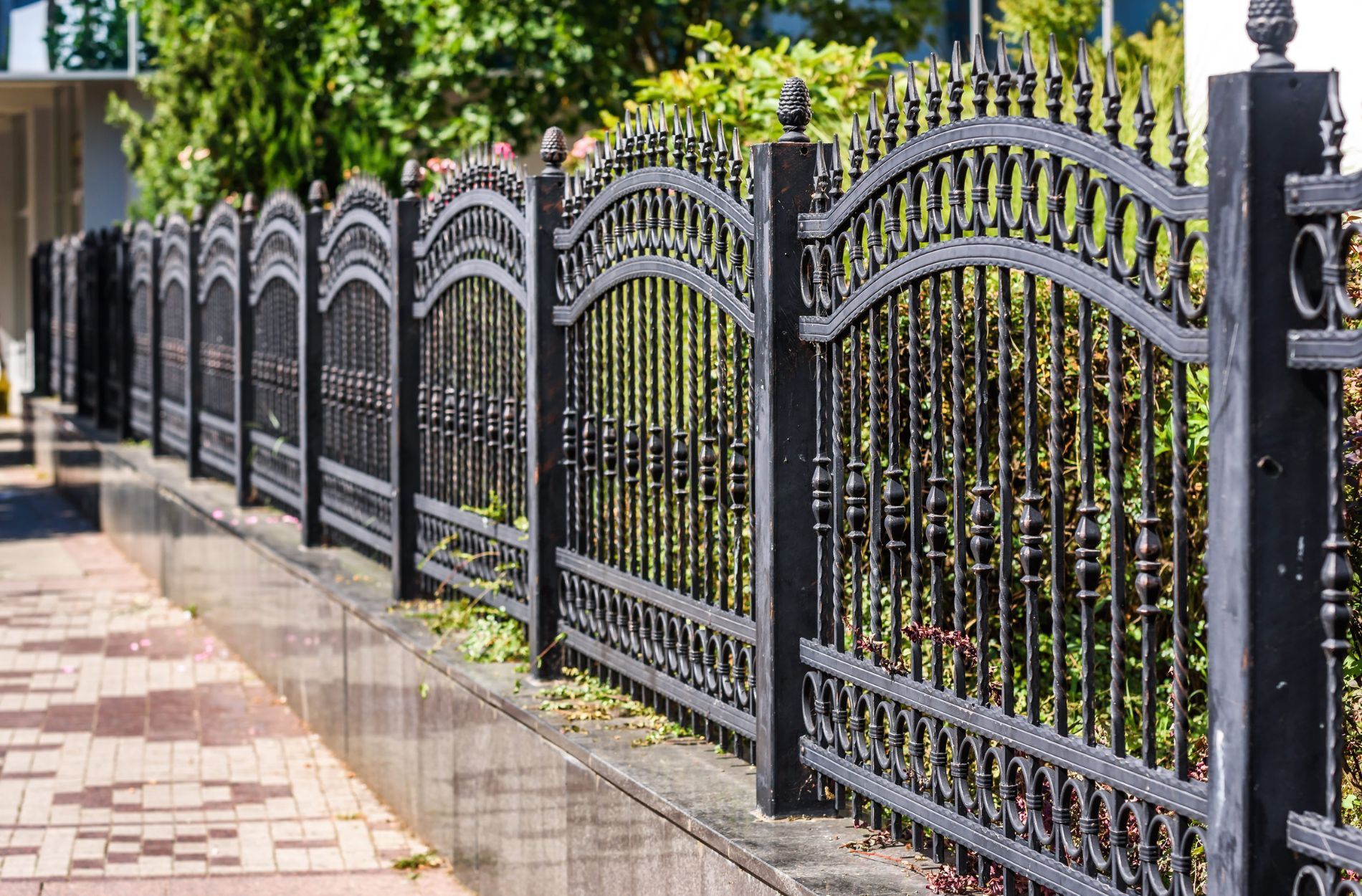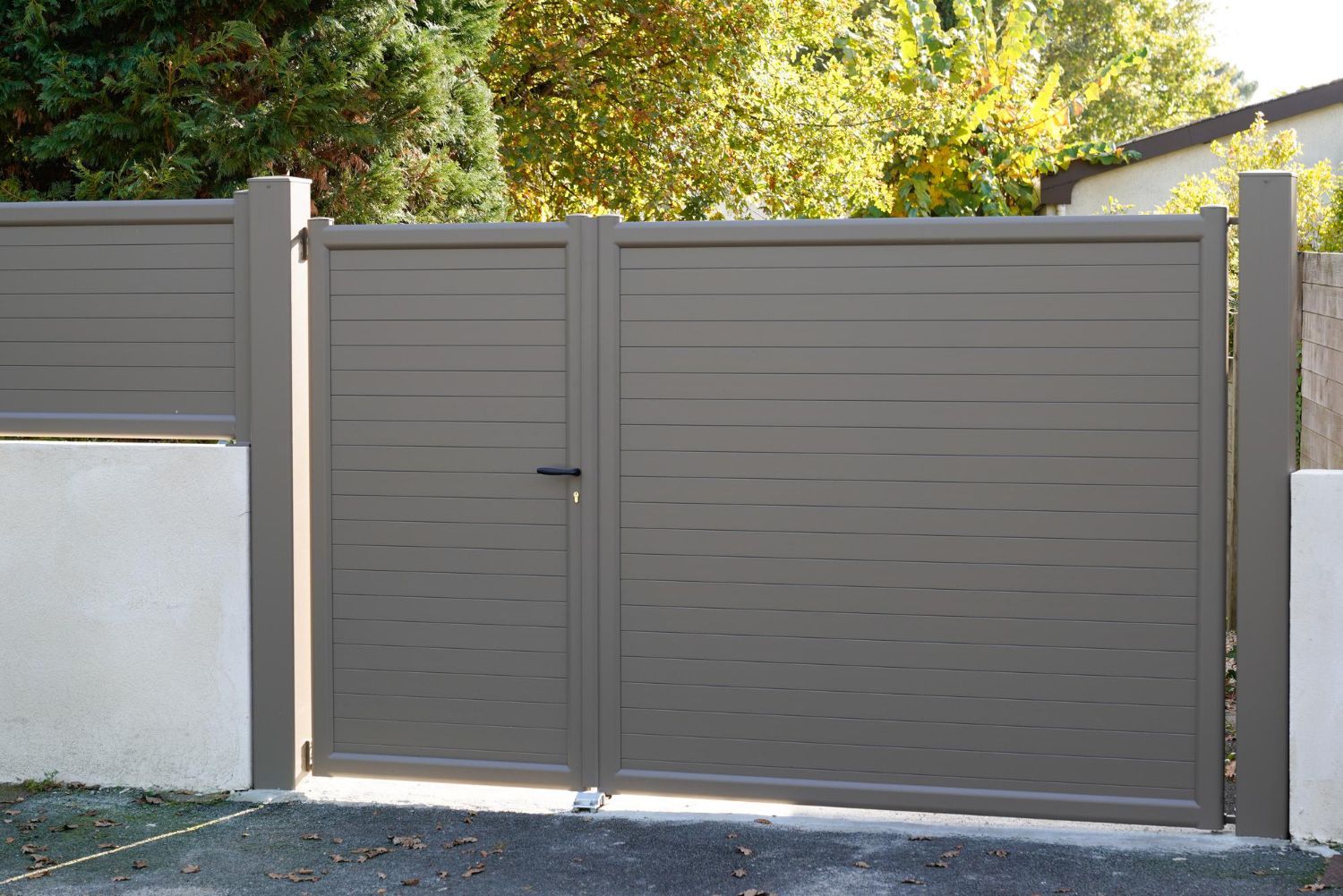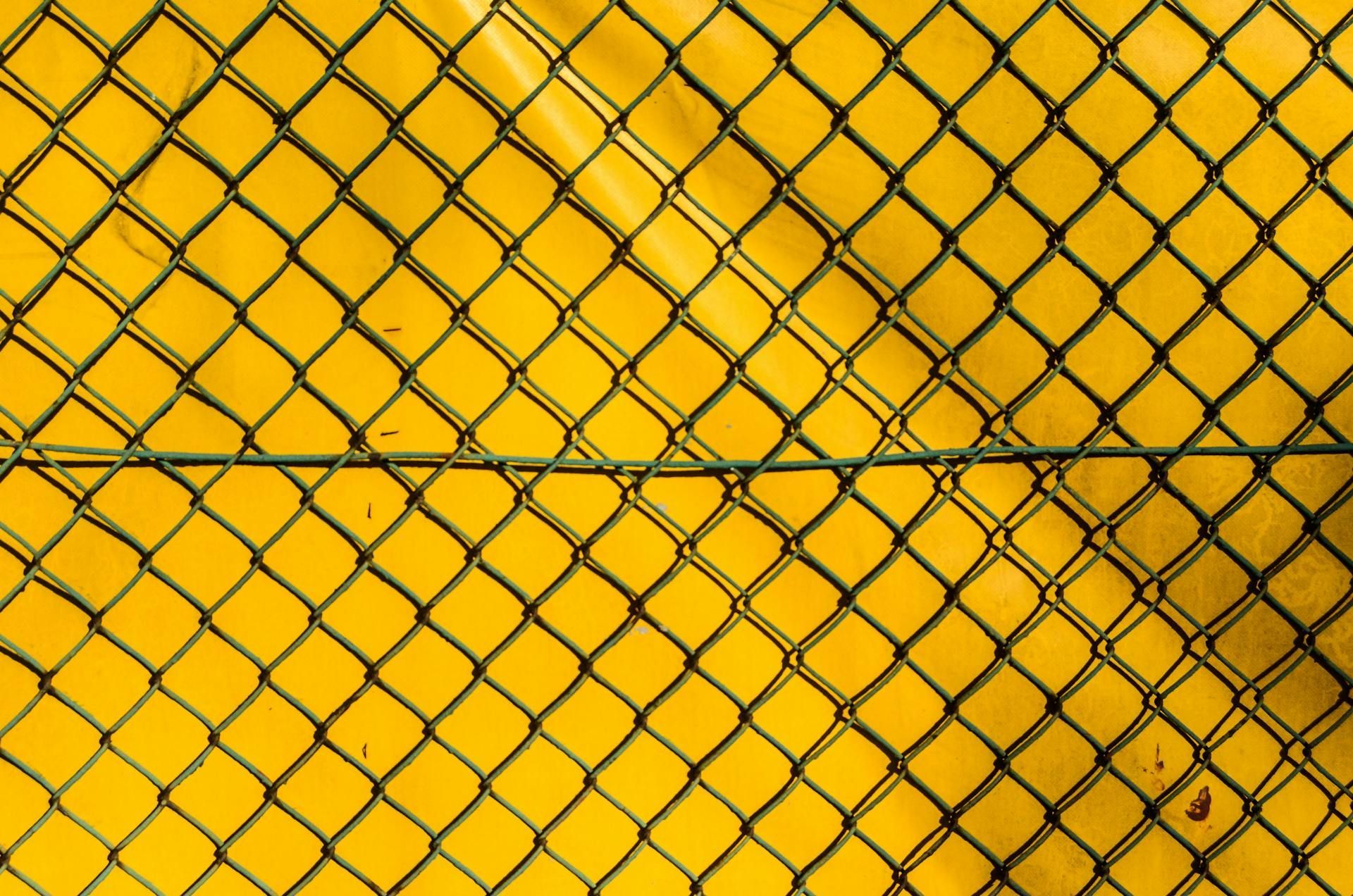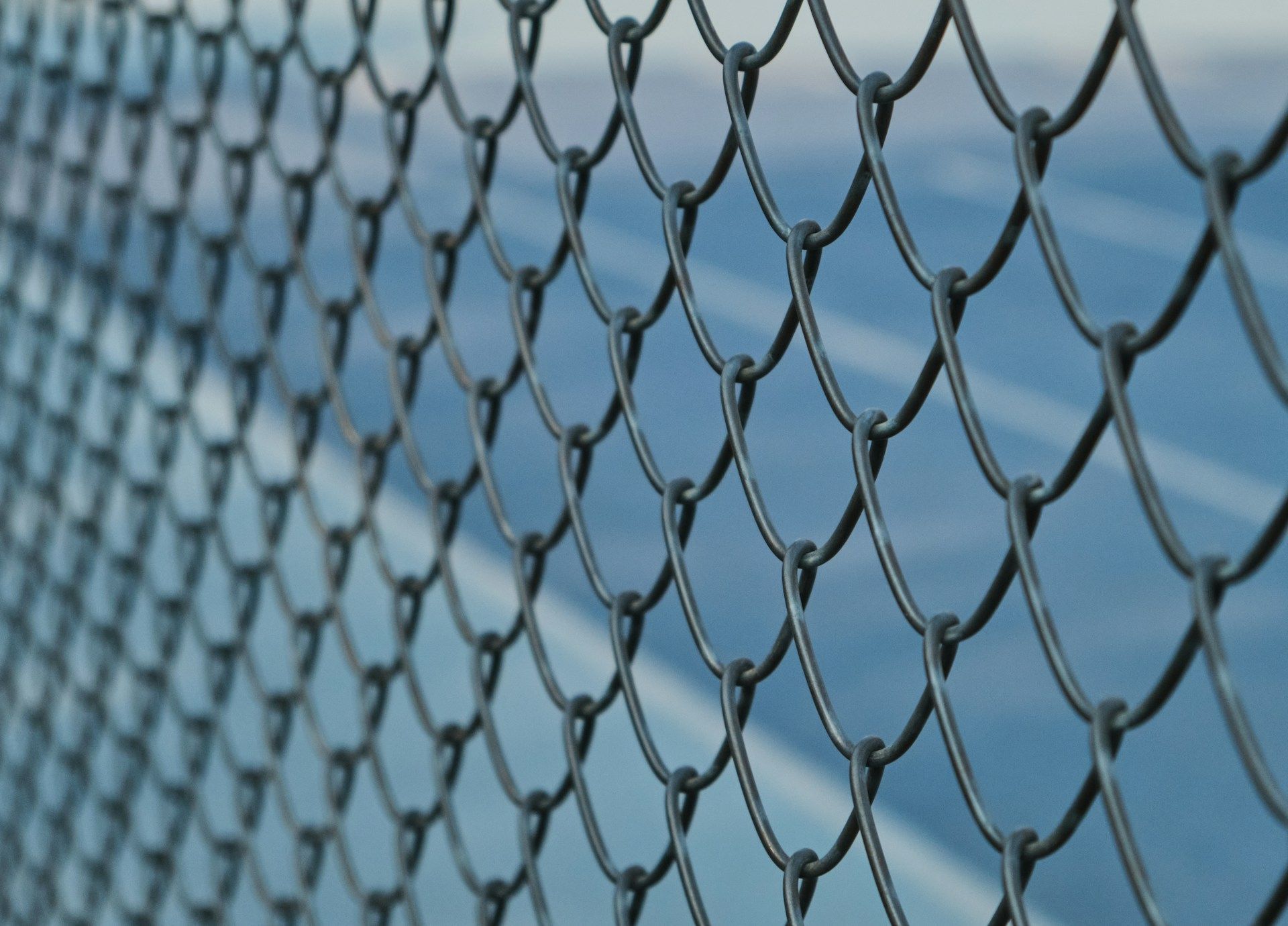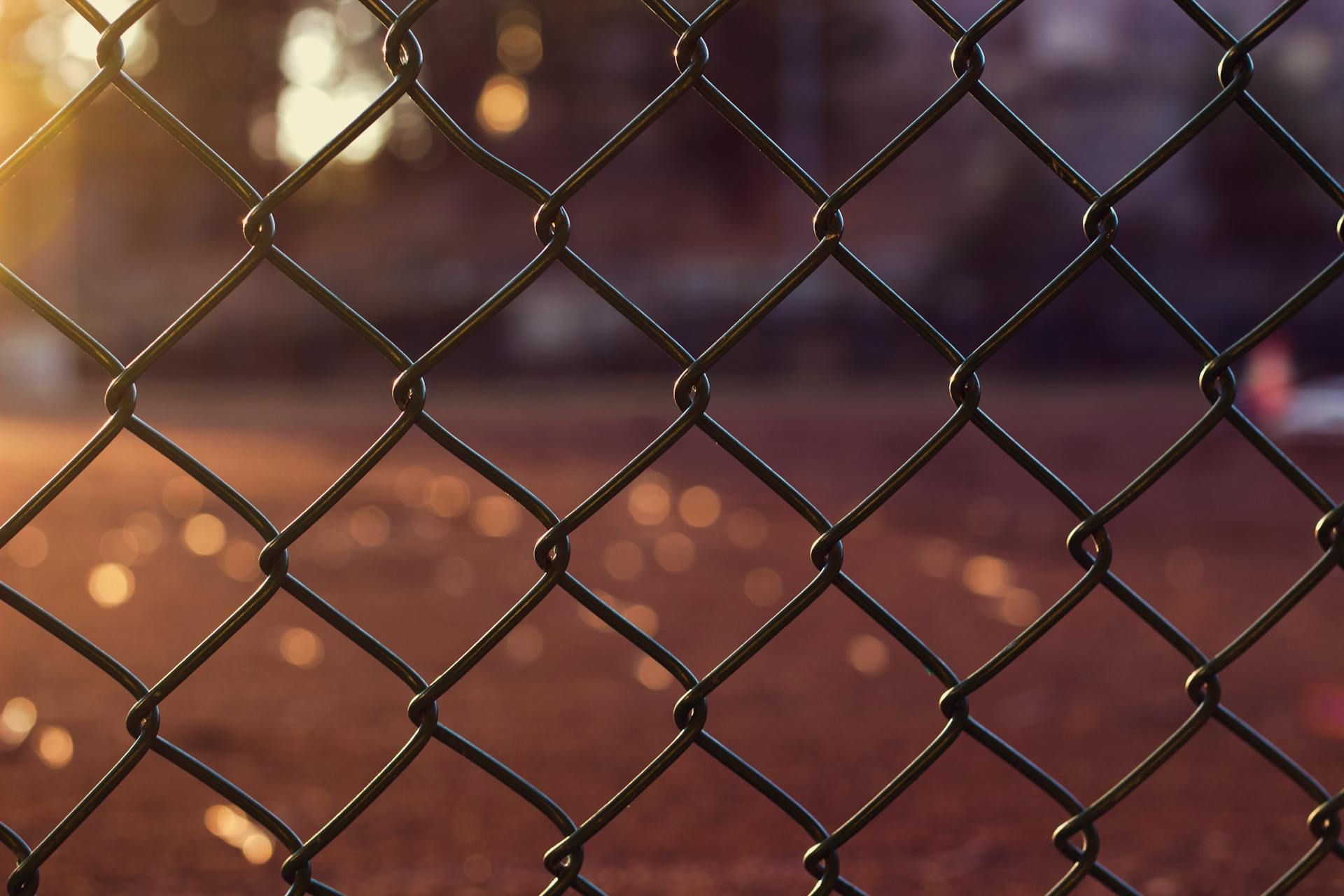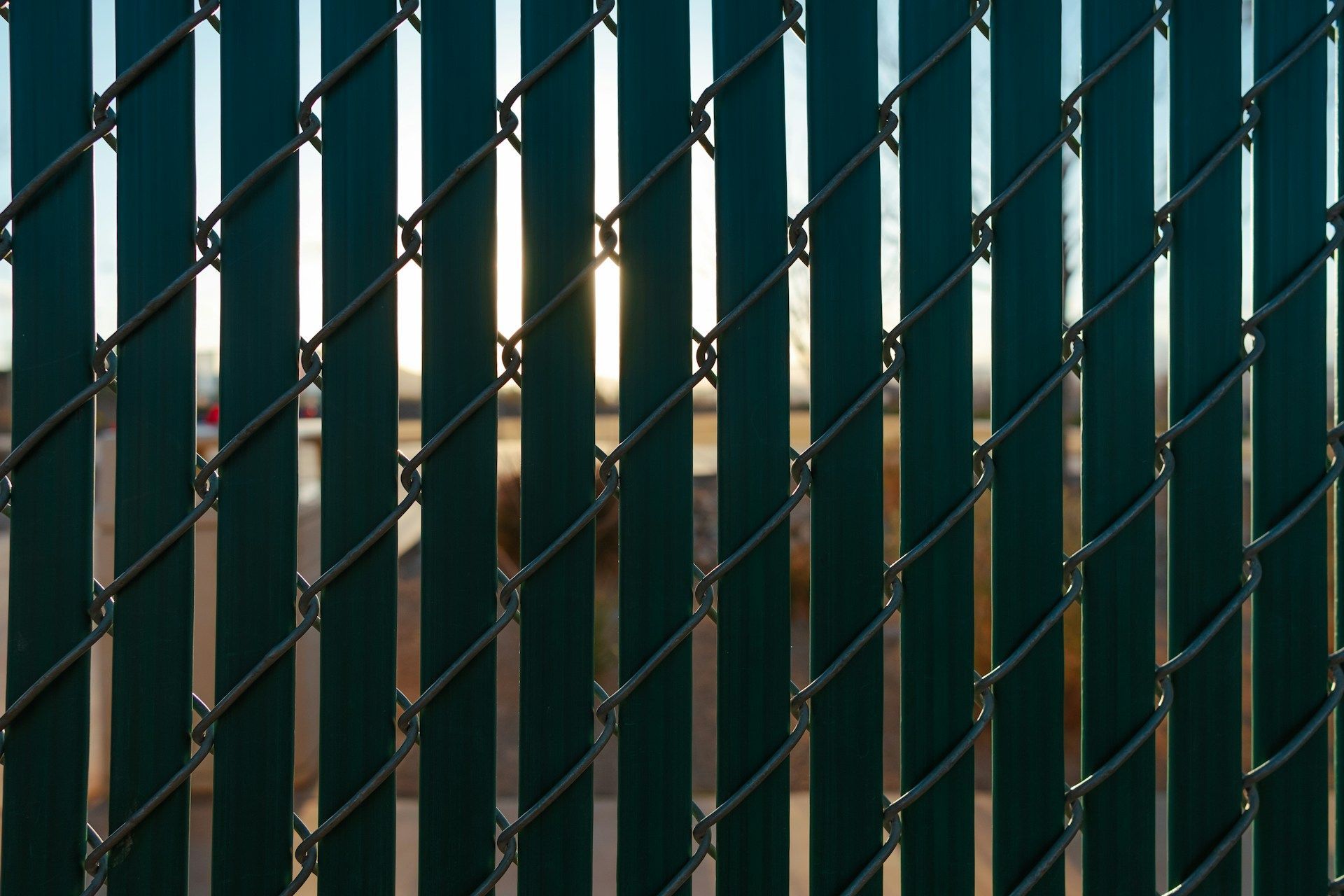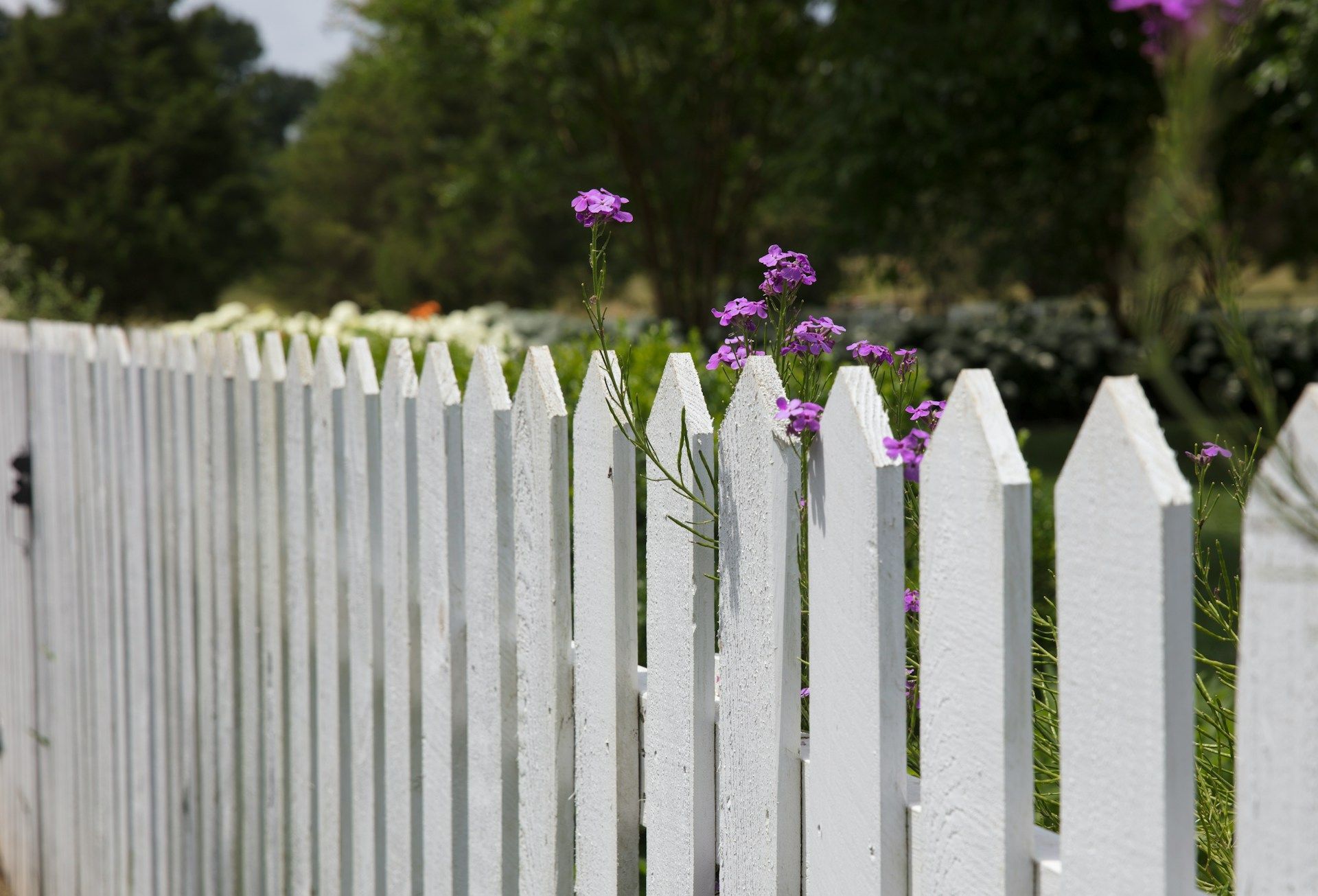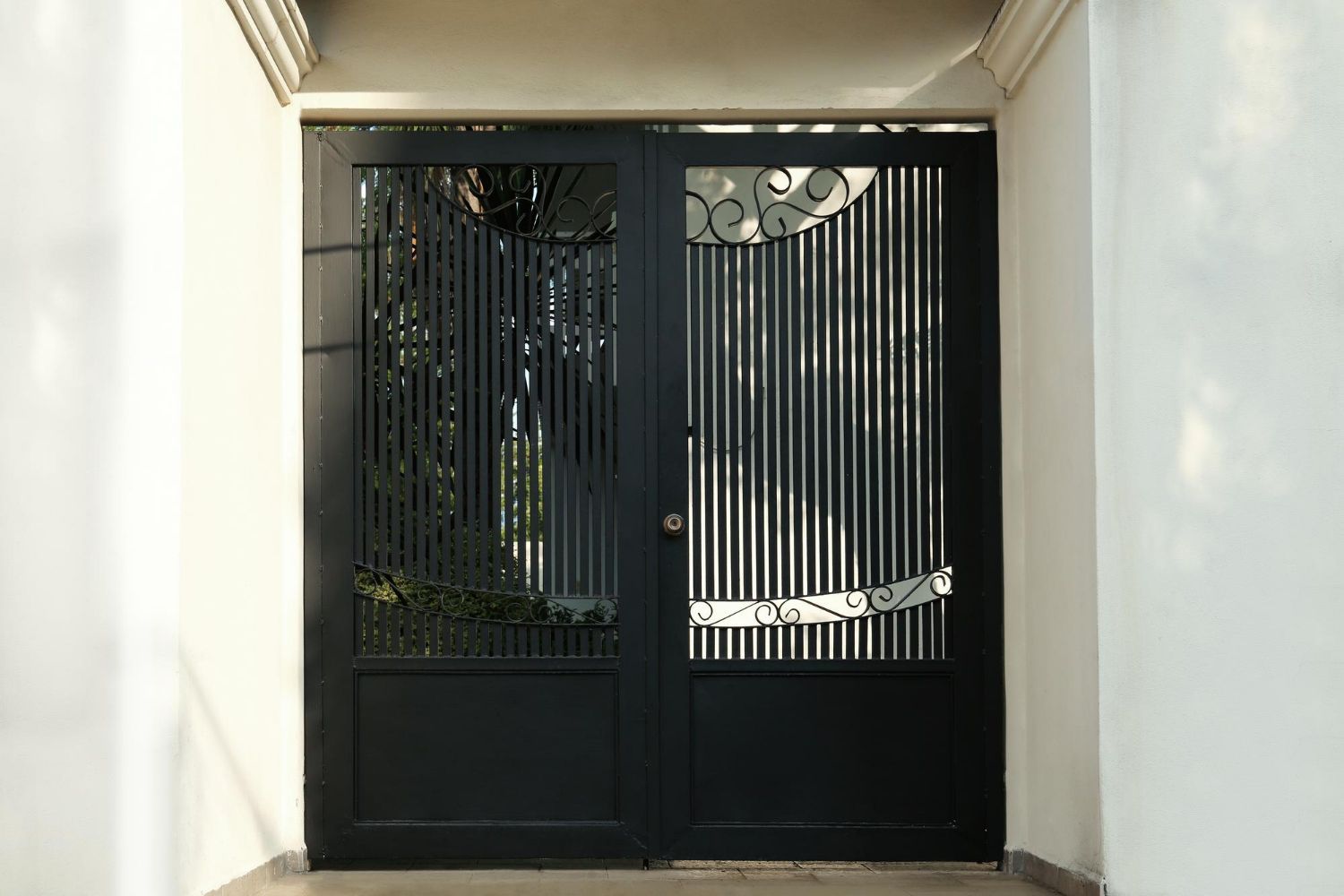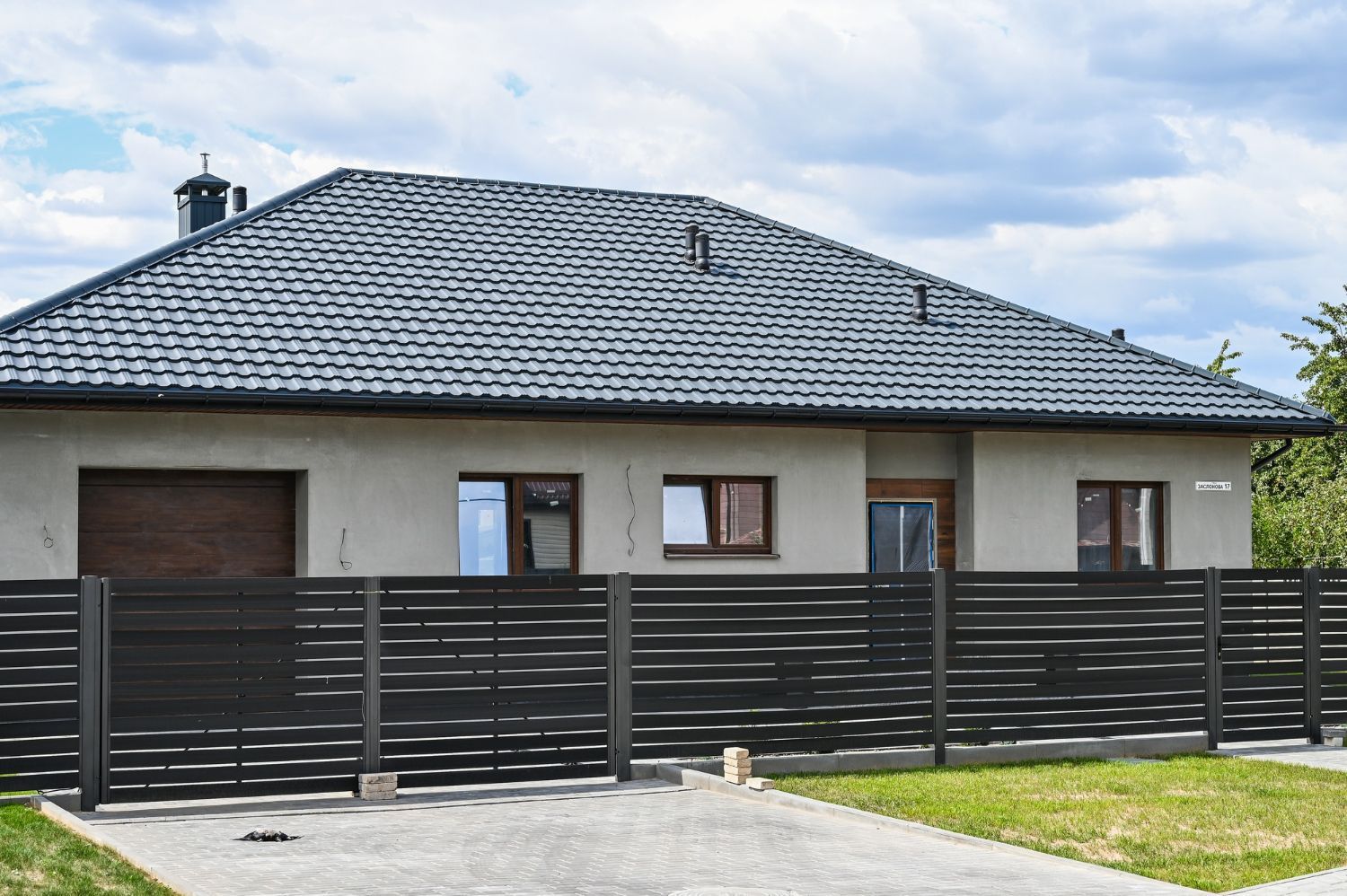Best Practices for Farm and Livestock Fencing
Effective farm and livestock fencing is essential for maintaining the safety and well-being of animals while protecting crops and property. Proper fencing helps keep livestock contained, prevents predators from entering, and secures the boundaries of your farm. Choosing the right fence is an important decision that impacts the daily operations and long-term success of your farming activities.
Not all fences are created equal. The choice of material and design can significantly influence the effectiveness and longevity of your fencing. Understanding the specific needs of your livestock and the layout of your farm helps in making informed decisions. A good fence contributes to better livestock management and ensures smoother farm operations.
Another critical aspect of farm fencing is its maintenance. Even the best fences require regular checks and upkeep to remain functional and secure. Routine maintenance can prevent minor issues from escalating into major problems, saving time and money in the long run. By following best practices, you can ensure your farm fencing meets its purpose efficiently and remains reliable for years to come.
Choosing the Right Material for Farm and Livestock Fencing
Selecting the right material for your farm and livestock fencing is crucial for effectiveness and longevity. Different materials offer various benefits and drawbacks, depending on your specific needs. One common choice is wood fencing, known for its traditional look and sturdy build. However, wood can rot or be damaged by insects and may require frequent maintenance and replacement.
Another popular material is vinyl, which is more durable and requires less maintenance than wood. Vinyl fencing can withstand harsh weather conditions and does not rot or warp. However, it can be more expensive upfront. Metal fencing options like woven wire or high-tensile wire are also excellent for enclosing large areas. These materials are durable, relatively low-cost, and provide good security. Nevertheless, they can be challenging to install and may require professional help.
Designing Effective Fence Layouts
Designing an effective fence layout involves careful planning and consideration of the farm's specific needs. Start by mapping out the areas that need fencing. Consider the type of livestock you are keeping, as different animals have different requirements. For example, cattle need tall, strong fences, while smaller animals like sheep require tighter mesh to prevent them from slipping through.
When planning your layout, it's essential to think about the placement of gates for easy access to different areas. Gates should be wide enough to accommodate vehicles and equipment. Additionally, consider the terrain of your farm. Uneven ground may require adjustments in fence height or additional support to ensure stability. Planning the fence's path to avoid natural obstacles like rivers or dense forests can save both time and resources during installation. Proper planning guarantees that your fencing will be both functional and efficient, creating a better environment for your livestock and farm operations.
Ensuring Safety and Security for Livestock
Safety and security are paramount when constructing farm and livestock fencing. To keep livestock secure, the fence should be high enough to prevent animals from jumping over and strong enough to withstand pressure from larger animals. Electric fencing can be particularly effective for adding an extra layer of security. The mild shock deters livestock from pushing against the fence, reducing the chance of escapes or damage.
Gates and latches are other critical components to consider. Secure latches ensure that gates remain closed, preventing animals from wandering off. Gates should also be easy to open and close, especially for emergencies. Additionally, regularly inspect the fence line for any signs of wear or potential breaches. Loose wires, broken posts, or gaps in the fence should be repaired immediately to maintain the integrity of the barrier. Consistent monitoring and maintenance are crucial for ensuring a safe and secure environment for your livestock.
Maintenance Tips for Long-Lasting Fencing
Regular maintenance is vital to keep your farm and livestock fencing in good condition. First, inspect your fence periodically for any signs of damage. Look for broken wires, loose posts, or signs of rust. Catching small issues early can prevent them from becoming major problems. Periodic tightening of wires and replacement of damaged posts can extend the life of your fence.
In addition to routine checks, proper cleaning is important. Removing debris like fallen branches or accumulated leaves helps prevent damage and keeps the fence in top shape. If you have wooden fencing, applying a protective sealant can protect against rot and insect damage. For metal fencing, a coat of rust-resistant paint can prolong its life. Adhering to these simple maintenance practices ensures that your fencing remains reliable, functional, and durable over the long term.
Conclusion
Farm and livestock fencing plays a crucial role in maintaining the safety, security, and efficiency of your farming operations. From choosing the right materials and designing effective layouts to ensuring security and regular maintenance, each step is vital for a successful outcome. Proper fencing not only protects your livestock but also contributes to a well-managed and productive farm.
At California Commercial Fence, we understand the challenges of farm fencing and offer specialized solutions to meet your needs. Whether you require new installations or maintenance services, we're here to assist you. Contact California Commercial Fence today to learn how our
fence installation services can help you create the perfect fencing solution for your farm and livestock.
California Commercial Fence
Contact Us
Location Address
8844 S Indianola Ave, Selma CA 93662
Send Us A Message
Call US Today
All Rights Reserved | California Commercial Fence | Website Design by Egility Digital

